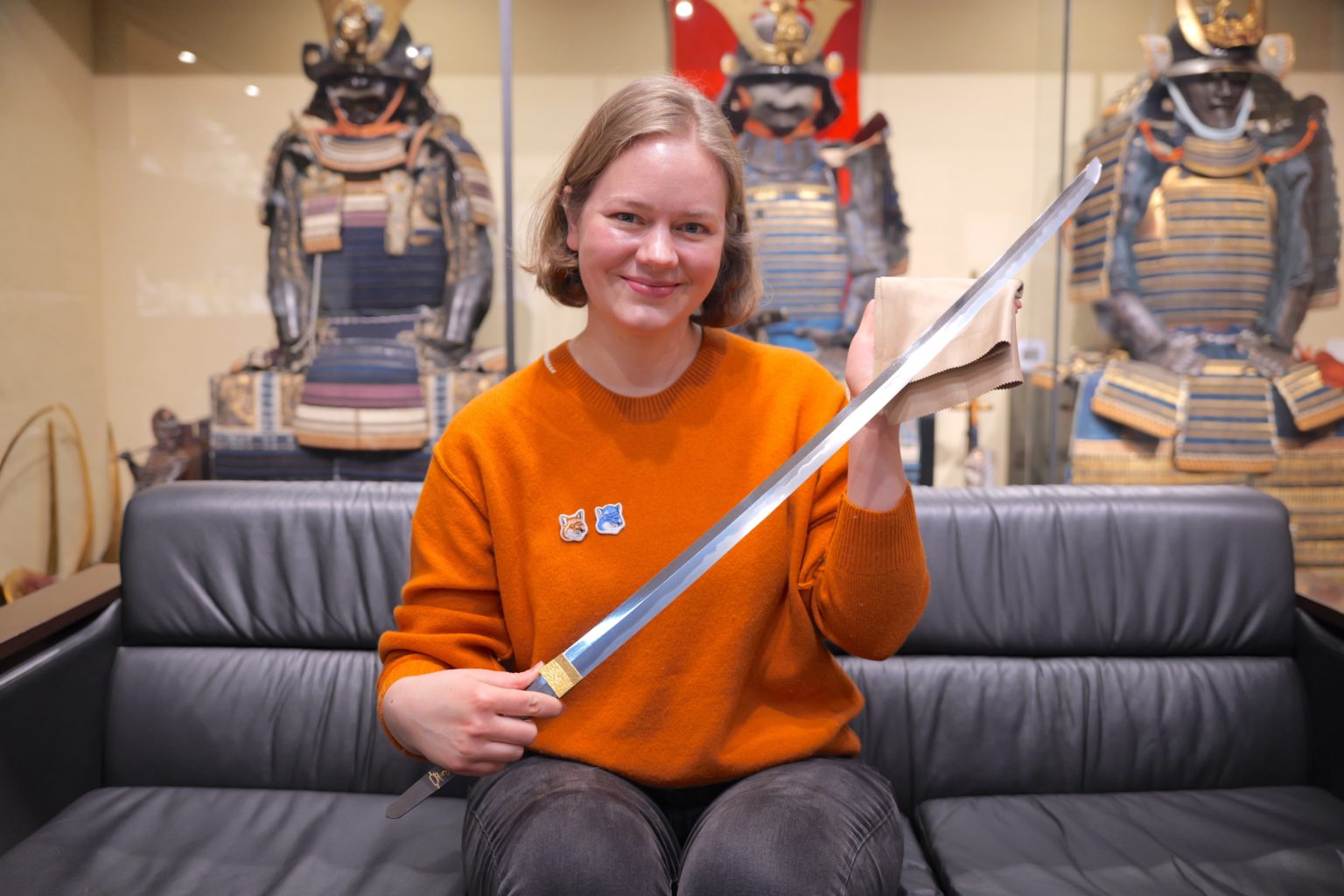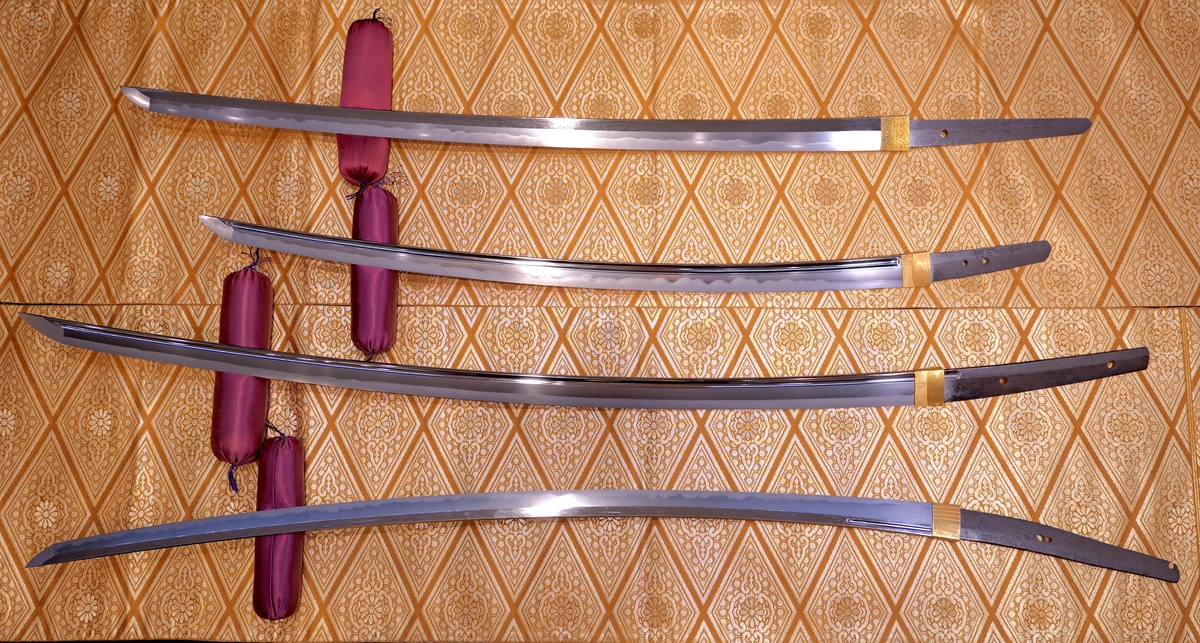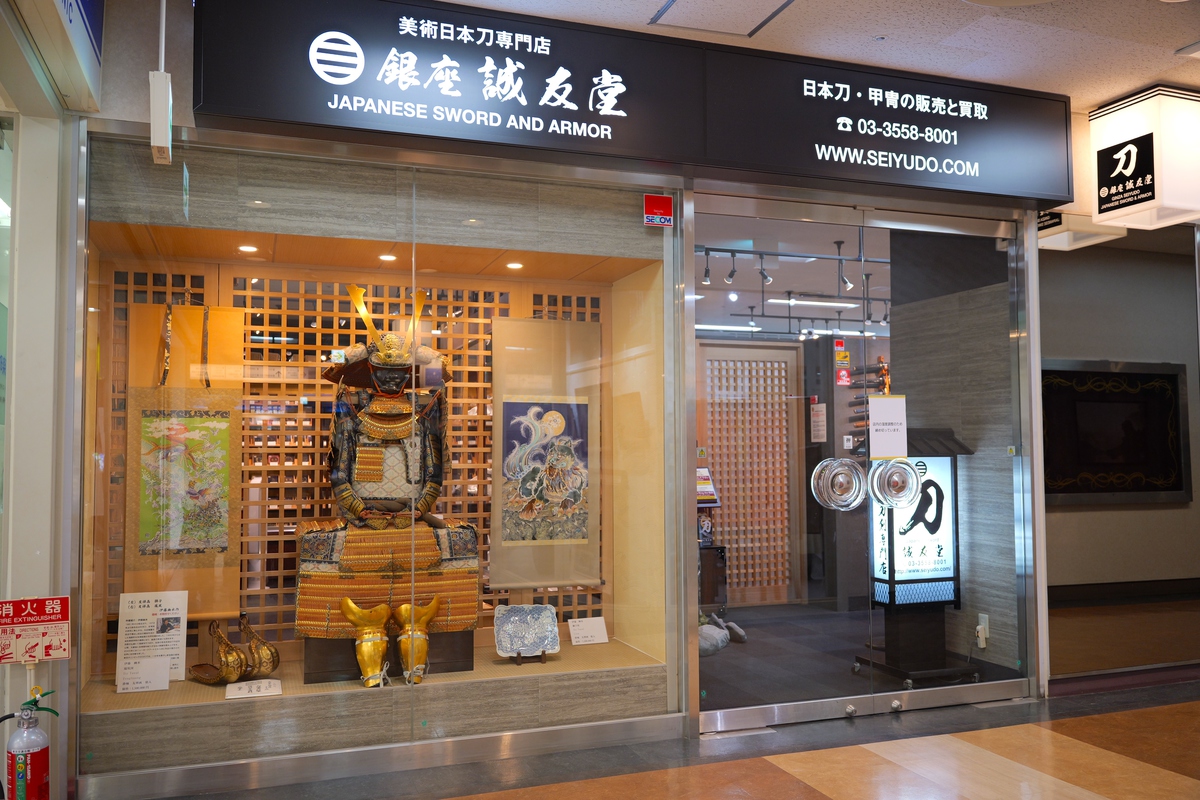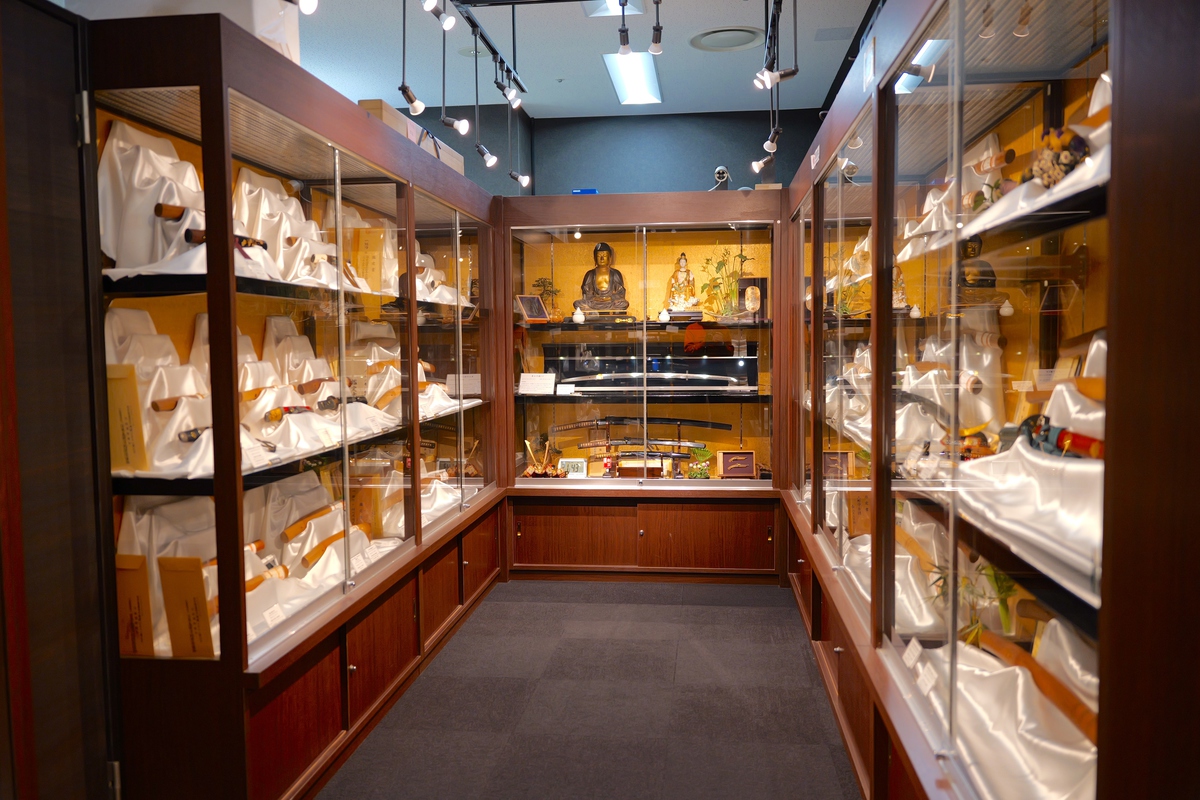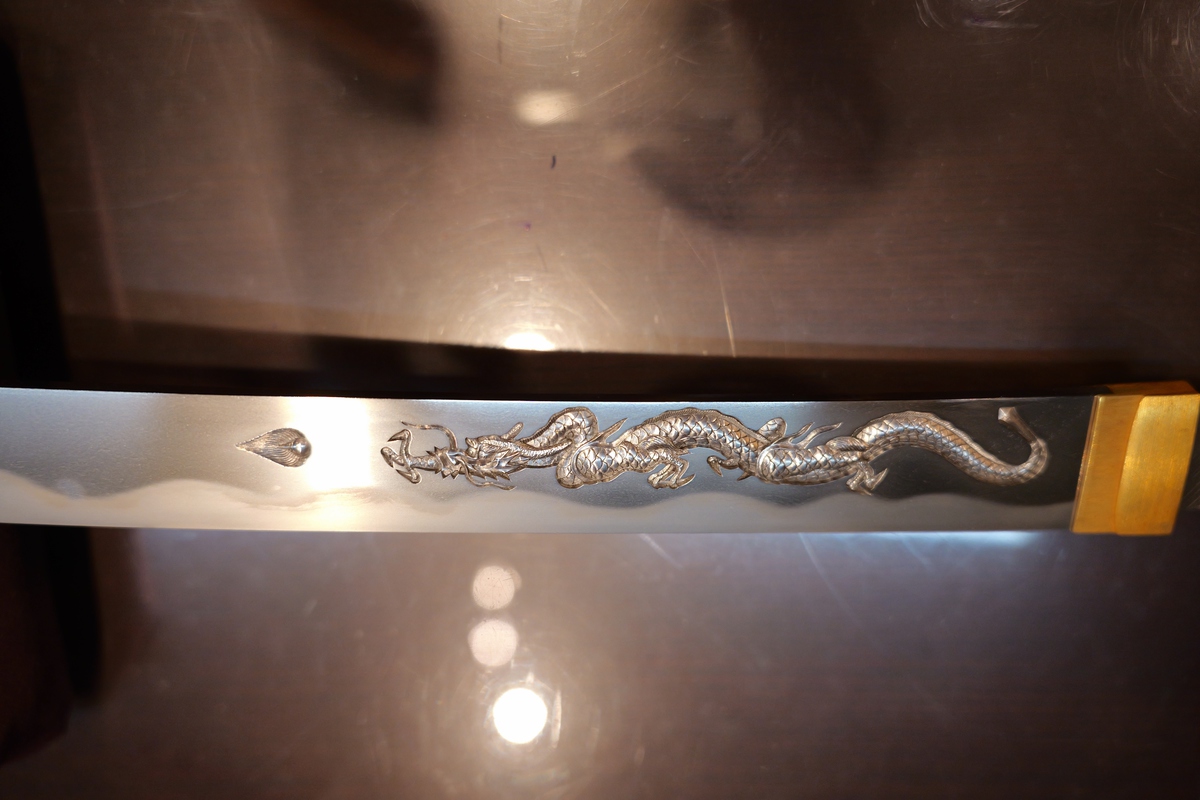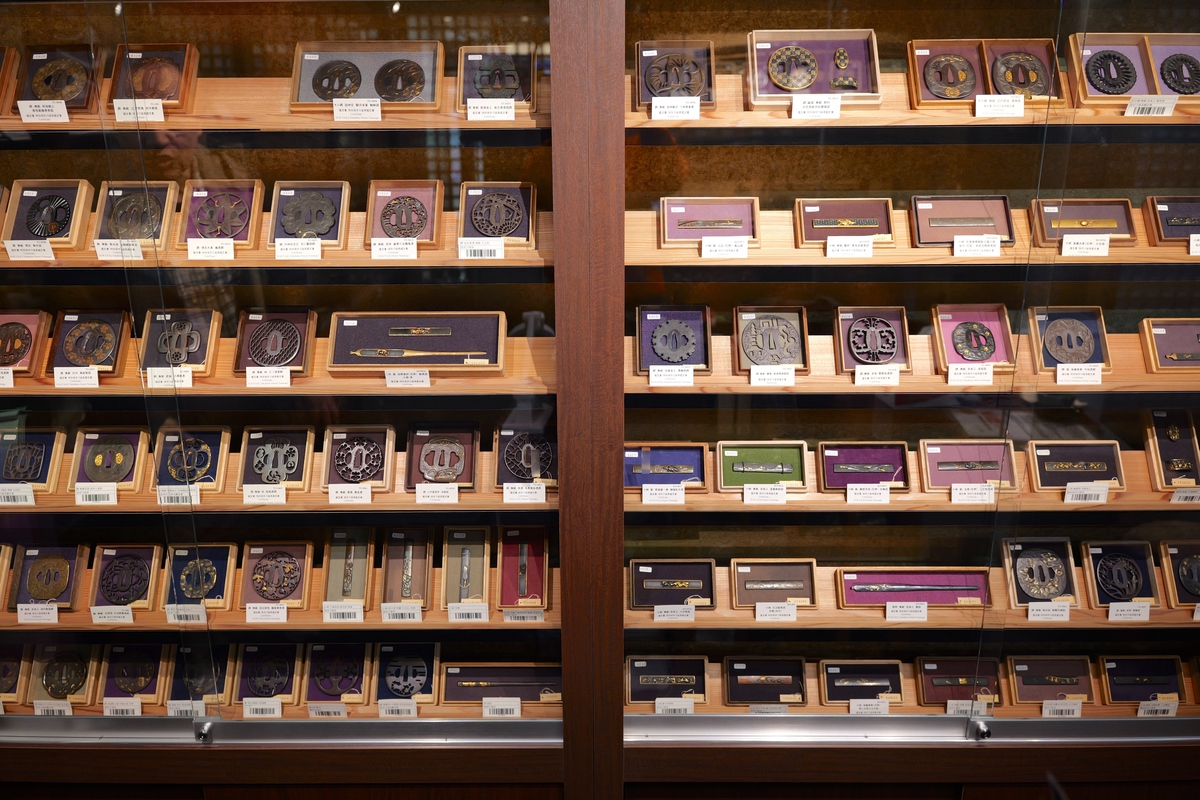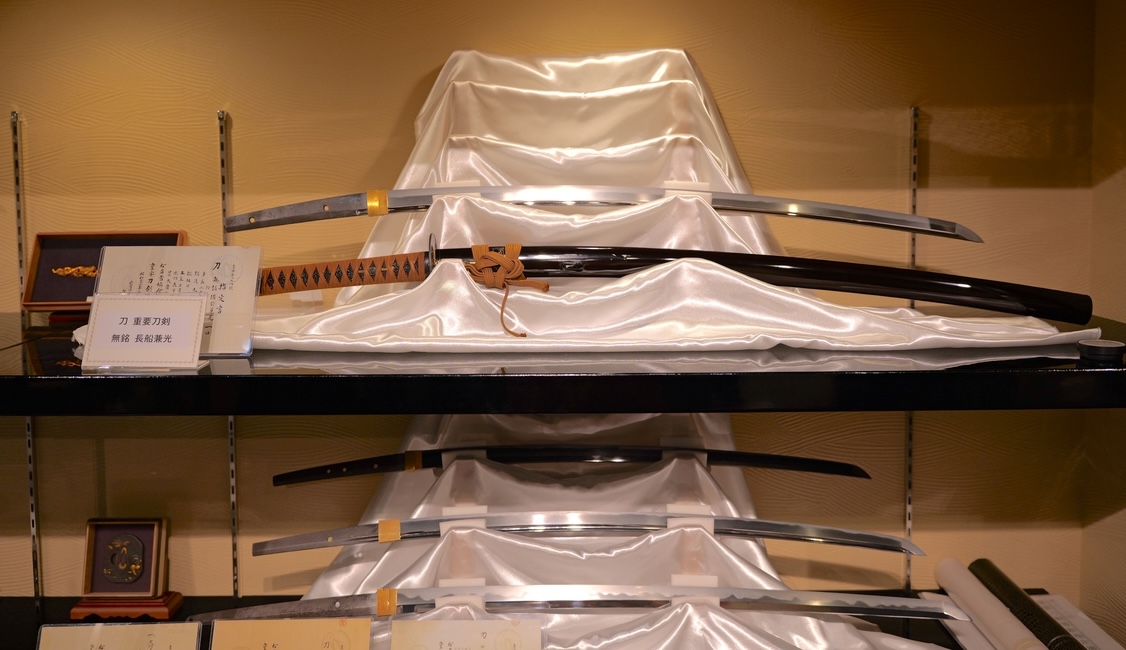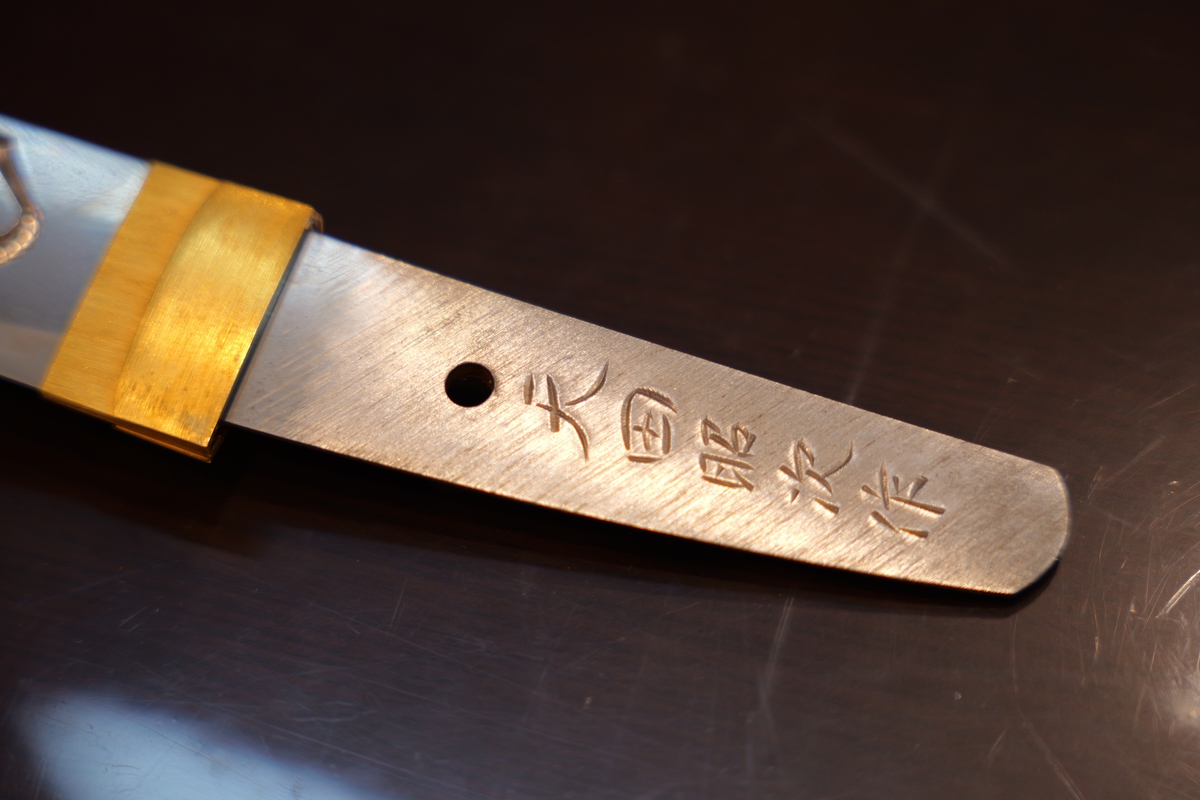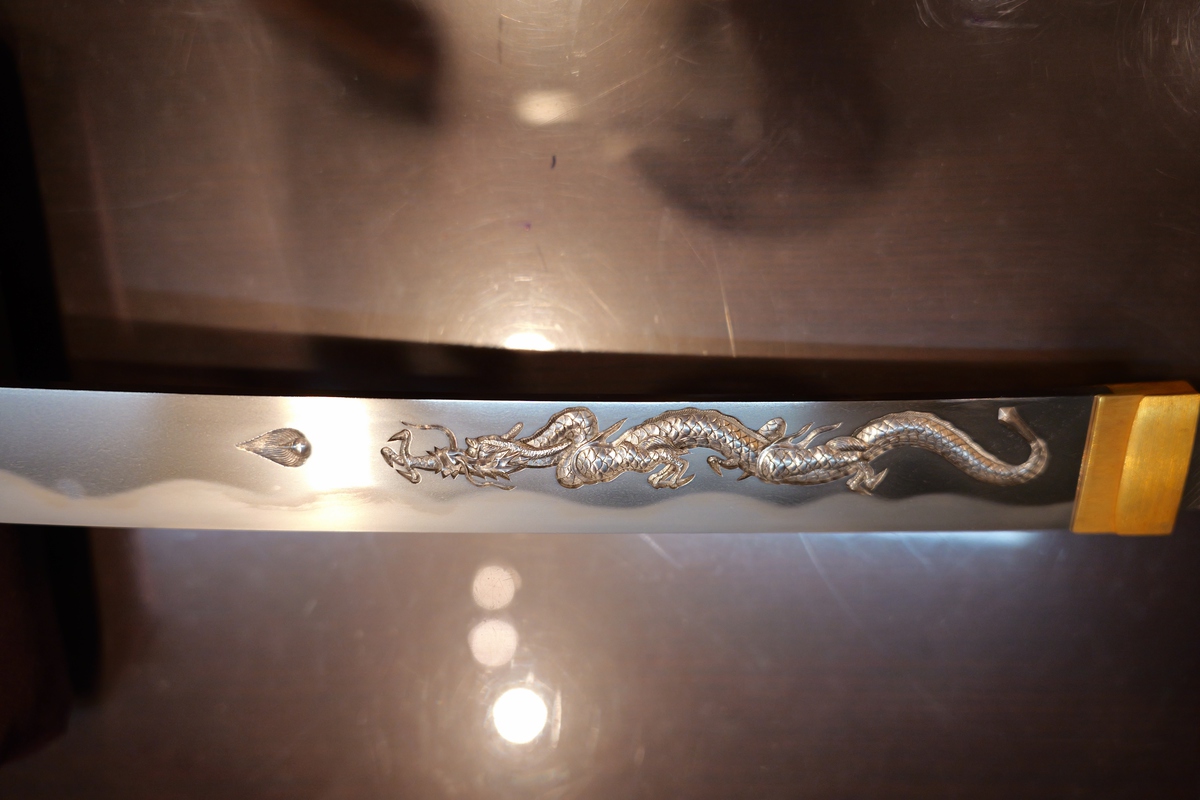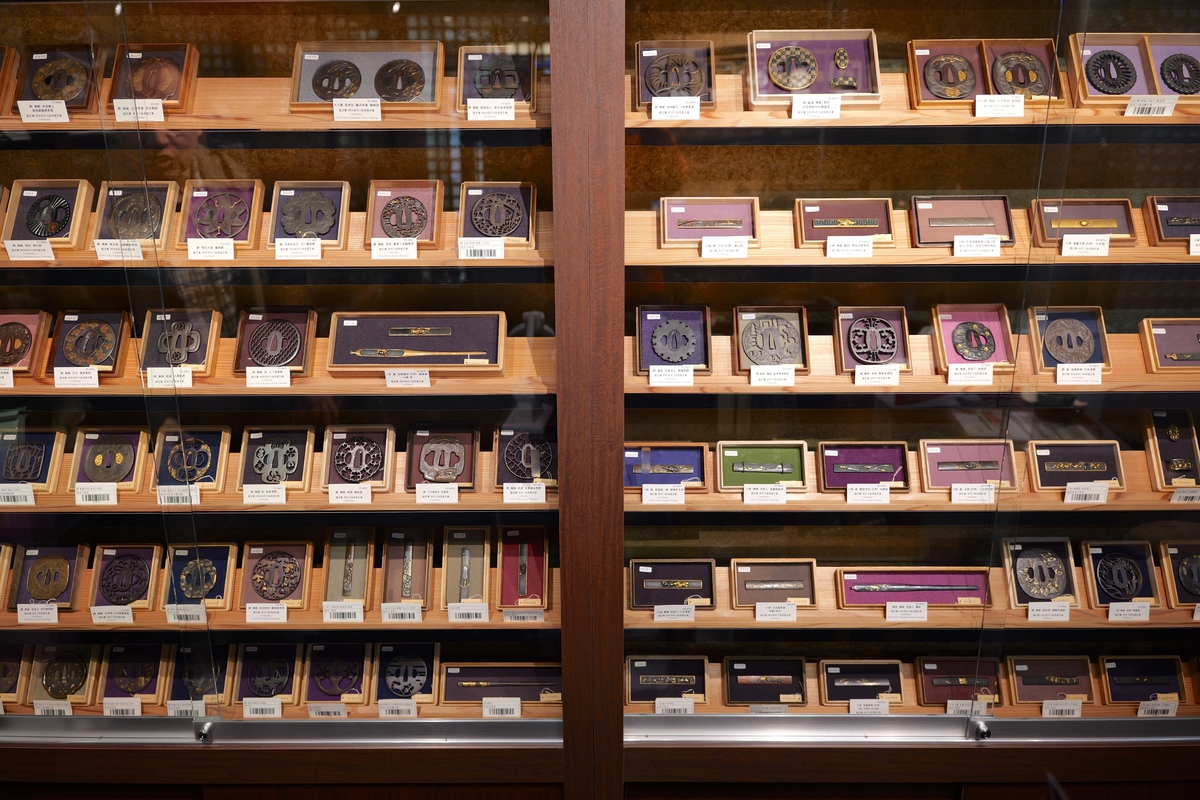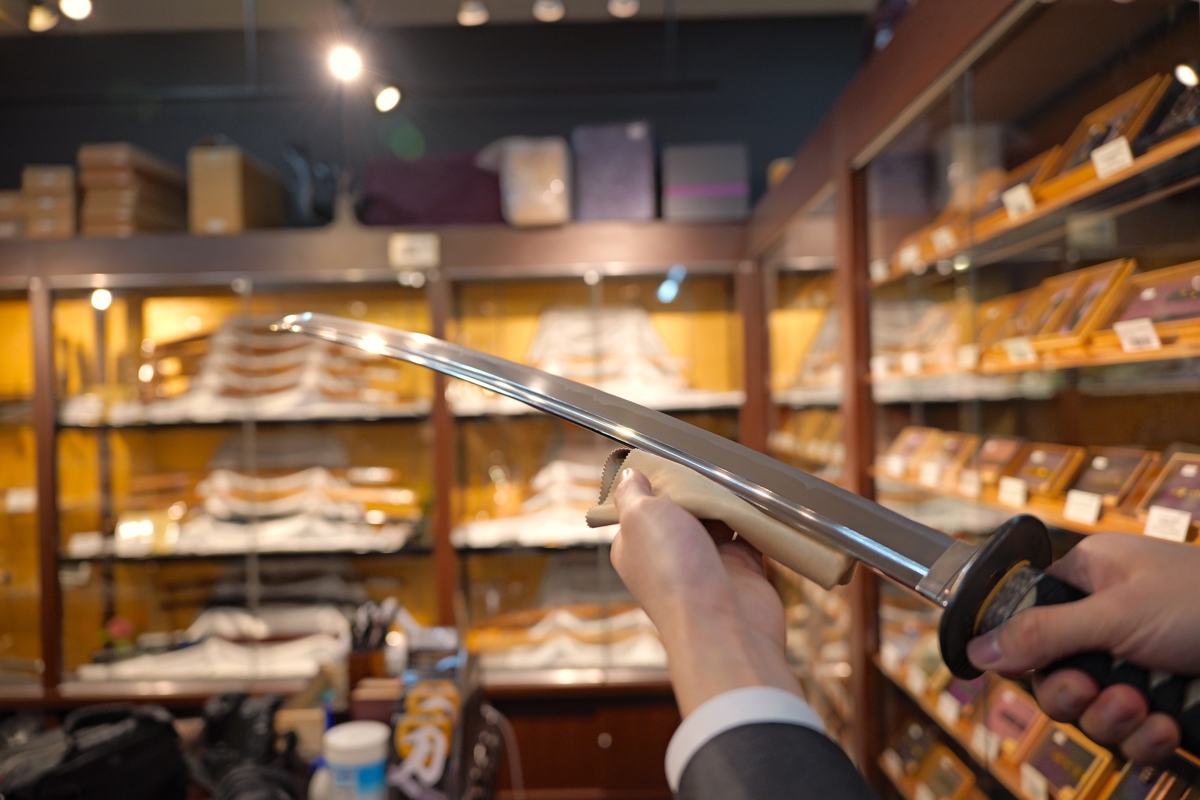Imperial Palace・ Tokyo Sta.・ Hibiya Ginza Seiyudo
INFORMATION
- addressTokyo Kotsu Kaikan 2F, 2-10-1 Yurakucho, Chiyoda-ku, Tokyo
- tel03-3558-8001
- business_hour10:00-19:00 (lunch break from 13:00-14:00)
- access1 minute walk from JR Yurakucho Station (Keihin Tohoku Line/Yamanote Line) Ginza exit
1 minute walk from Exit D8 of Yurakucho Subway Station (Yurakucho Line)
1 minute walk from Exit 2 of Ginza-itchome Subway Station (Yurakucho Line)
3 minutes walk from Exit C9 of Ginza Subway Station (Ginza Line, Marunouchi Line, Hibiya Line)
5 minutes walk from Exit D8 of Hibiya Subway Station (Chiyoda Line/Toei Mita Line)
| Closed | None |
| Website | https://world.seiyudo.com/ |
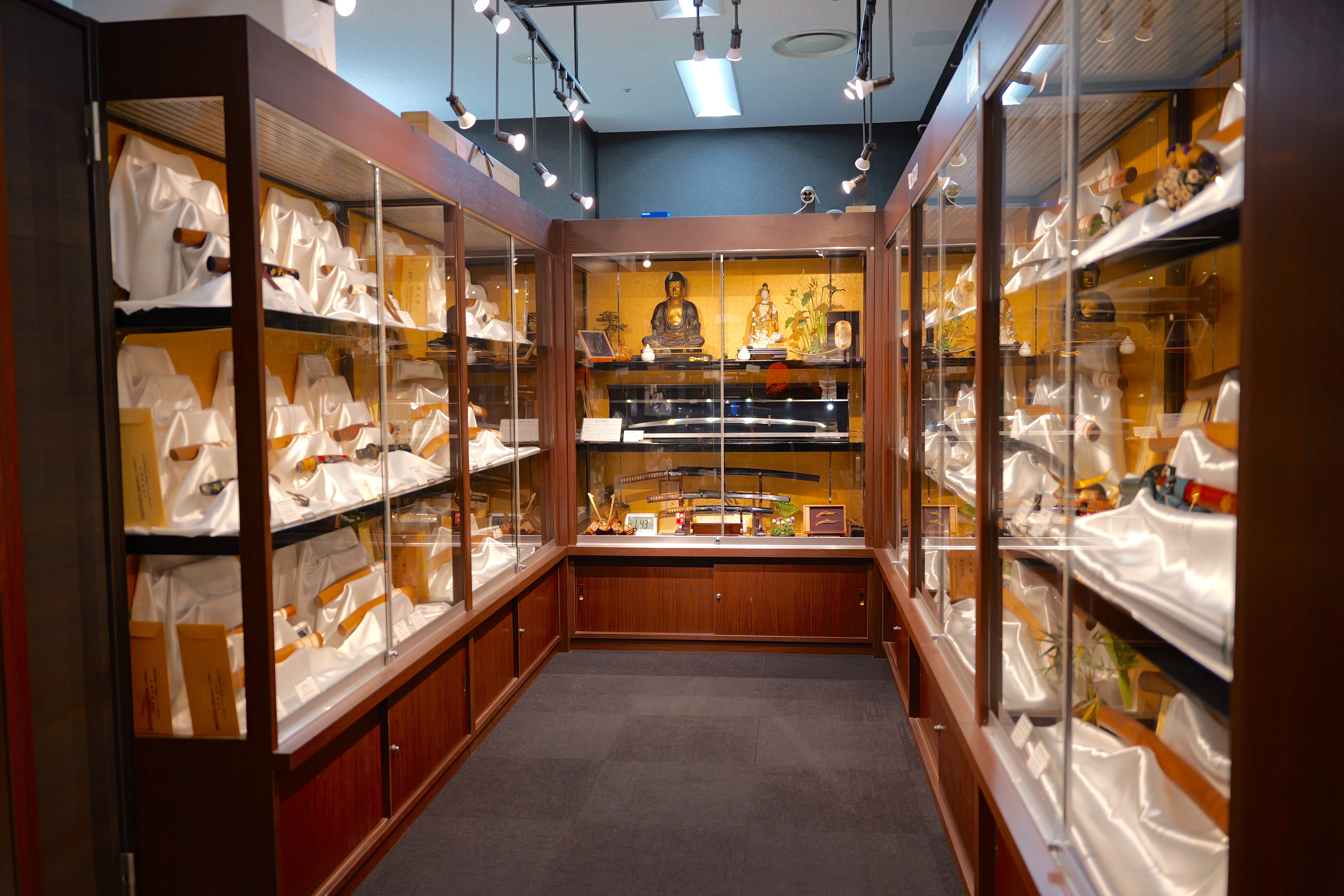
"Ginza Seiyudo" consistently boasts a collection of over 200 swords, along with tsuba (handguards) and various weapons. Among these are some high-value Japanese swords, with prices ranging from 30 to 40 million yen per piece. Even modern swords, crafted in contemporary times, command a significant price if crafted by a renowned swordsmith. The entry-level price point typically starts around 200,000 yen, with short swords priced from 200,000 yen and long swords from 500,000 yen.
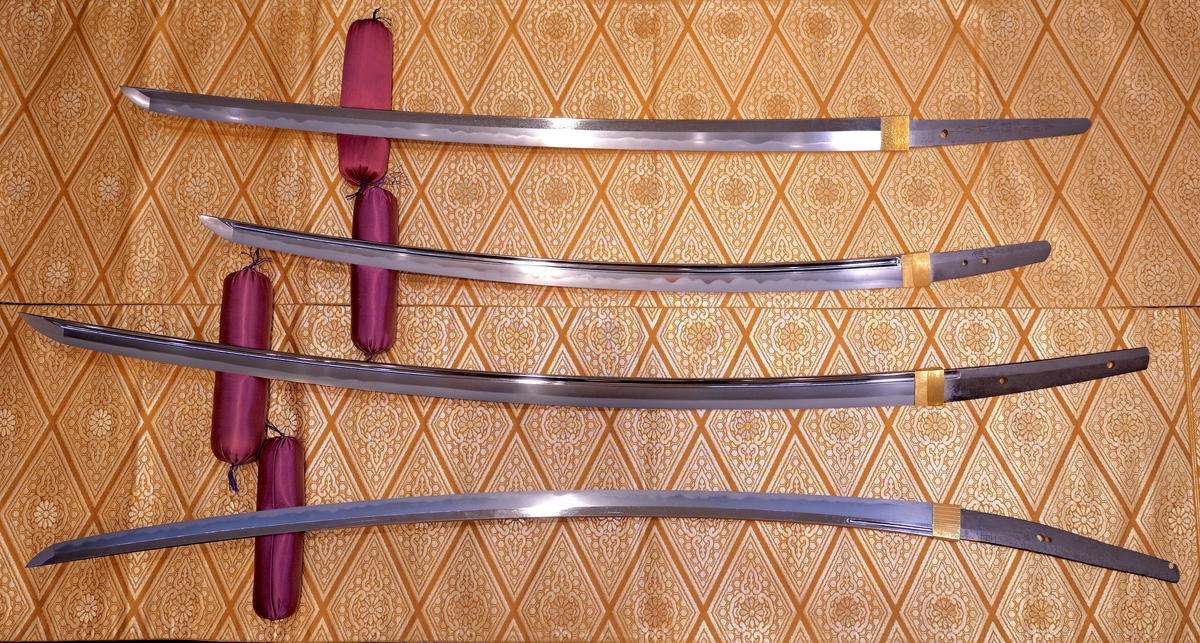
Even though they all called "nihonto" or "Japanese sword," there are actually many different types, which have evolved over time. From the Kamakura period (1185–1333) to the Sengoku period (1467-1615), fighting styles underwent changes, and shorter swords gradually became predominant. By cutting off the hilt of a sword that had been passed down through generations and repurposing part of the blade into a new hilt, a good sword could be shortened and reused. However, shortening a sword would result in the removal of the swordsmith's name engraved into the tang (the part concealed by the handle). Japanese swords that retain their original length and still bear the name of the swordsmith are considered exceedingly valuable.
Other factors contributing to the beauty of a Japanese sword include the "hamon" pattern visible on the blade, the overall condition of the sword, any engravings present, the elegance of the hamon, tsuba, and sheath, as well as the craftsmanship of the habaki used to secure it in the scabbard, and the decorative elements known as "menuki" attached to the handle. Each Japanese sword carries its own unique story and possesses considerable allure.
If you are contemplating the acquisition of such a significant item, we invite you to visit Ginza Seiyudo.
Please note: Japanese swords may be subject to regulations as weapons in certain jurisdictions. Kindly verify the applicable laws before making a purchase.
